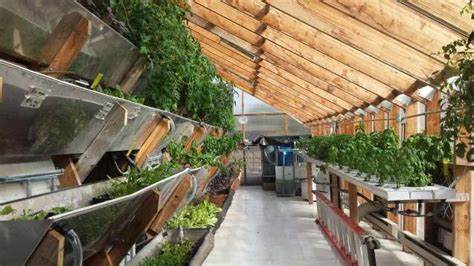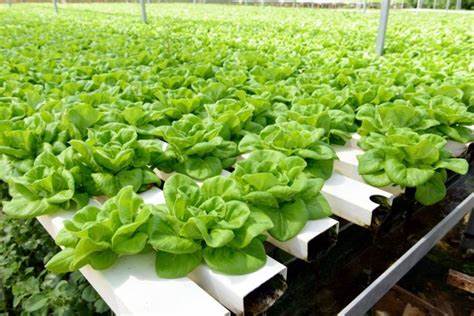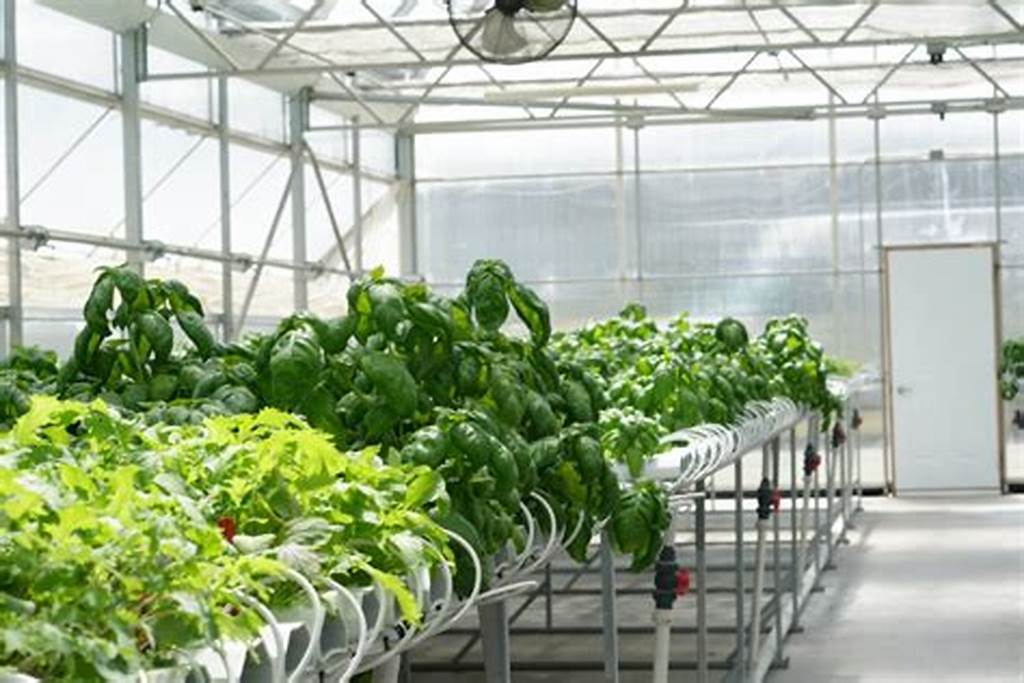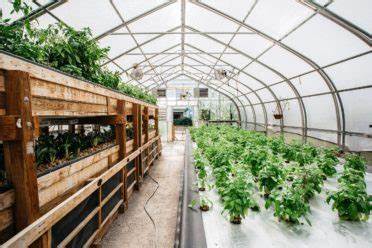
Vertical Farming: Revolutionizing Sustainable Crop Selection
Introduction
Vertical farming is an innovative approach in sustainable agriculture that has gained significant attention in recent years. This article explores the importance of crop selection in vertical farming and delves into the various aspects and considerations involved in this practice.
Historical Background
Vertical farming emerged as a response to urbanization and the scarcity of agricultural land. Throughout history, there have been pioneers and examples of vertical farming practices. From ancient civilizations utilizing terraced fields to the Hanging Gardens of Babylon, vertical farming has continuously evolved to meet the demands of urban societies.
Key Concepts and Definitions
Vertical farming is defined as the cultivation of crops in vertically stacked layers, using techniques such as hydroponics or aeroponics. The principles focus on optimizing resource utilization, including water, energy, and space. Techniques like artificial lighting and climate control are employed to facilitate year-round production.
Sustainable crop selection is of utmost importance in vertical farming. It involves considering various criteria such as environmental impact, nutritional value, market demand, and profitability. By carefully selecting crops, vertical farmers can ensure a sustainable and profitable operation.
Main Discussion Points
Vertical Farming Techniques for Sustainable Crop Selection
Utilizing hydroponics or aeroponics allows vertical farmers to optimize resource utilization. These soil-less cultivation methods minimize water usage and provide plants with essential nutrients directly, resulting in efficient resource allocation.

Implementing artificial lighting and climate control systems enables year-round production, eliminating the dependence on seasonal variations. It also allows farmers to tailor light and temperature conditions to optimize plant growth and yield.
Integration of smart technologies and automation plays a crucial role in monitoring and managing vertical farms. Sensors, drones, and advanced software allow for real-time data collection and analysis, aiding in precise decision-making and efficient resource allocation.
Factors Influencing Sustainable Crop Selection in Vertical Farms
Environmental considerations, such as water usage, energy consumption, and carbon footprint, play a vital role in crop selection. Vertical farmers strive to minimize these impacts through efficient water recirculation systems, renewable energy sources, and sustainable farming practices.
Nutritional value and crop diversity are crucial in meeting dietary requirements. Vertical farms can grow a wide range of crops with varying nutritional profiles, ensuring a diverse and balanced diet for consumers.
Market demand, profitability, and marketability of selected crops are also significant factors in crop selection. Vertical farmers must consider the demand for specific crops, their potential profitability, and the ability to market them effectively.
Maximizing Yield and Efficiency in Vertical Farming through Crop Selection
Selecting high-yield and fast-growing crops suitable for vertical farming can maximize productivity and efficiency. Plants with shorter growth cycles and high yields ensure a constant supply of fresh produce.
Companion planting and crop rotation techniques help maintain soil health and fertility. By diversifying crops and strategically rotating them, vertical farmers can prevent nutrient depletion and reduce the risk of pests and diseases.
Disease-resistant and pest-tolerant crop varieties are essential for sustainable crop selection. Vertical farms often face the challenge of pests and diseases due to the controlled environment. Selecting resistant varieties minimizes the need for chemical pesticides and promotes a healthier and more sustainable farming system.

Case Studies or Examples
Numerous success stories highlight the potential of sustainable crop selection in vertical farming. Examples include vertical farms in urban areas where fresh produce is grown and supplied to nearby communities. Lettuce, herbs, strawberries, and microgreens are among the crops commonly cultivated in these farms due to their suitability for vertical farming techniques.
Current Trends or Developments
Recent advancements in vertical farming technologies and equipment have revolutionized the industry. Innovations in crop selection techniques, such as genetic engineering and precision breeding, are enhancing sustainability and productivity. Research findings on optimizing nutrient delivery systems and maximizing crop yields are also contributing to ongoing developments in this field.
Challenges or Controversies
There is ongoing debate over the long-term sustainability and scalability of vertical farming. Critics question the feasibility of large-scale vertical farms and express concerns about energy consumption and reliance on artificial lighting. Additionally, differences in opinions exist regarding the nutritional value and taste of vertically grown crops compared to traditional farming methods.

Future Outlook
Vertical farming has the potential to revolutionize urban food production and reduce food miles. By implementing renewable energy sources and integrating vertical farming with solar or wind power, the industry can enhance its sustainability and reduce its environmental impact. Further research and development are crucial to continuously improve crop selection and production methods, ensuring the long-term success and viability of vertical farming.
Conclusion
In conclusion, sustainable crop selection plays a pivotal role in the success of vertical farming. By employing innovative techniques and considering various factors, such as resource utilization, environmental impact, and market demand, vertical farmers can achieve sustainable and profitable operations. It is essential for individuals and organizations to explore and implement these practices to ensure a sustainable future for agriculture.




